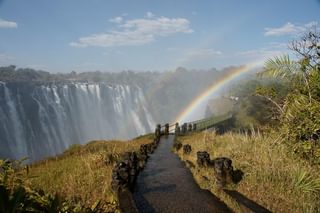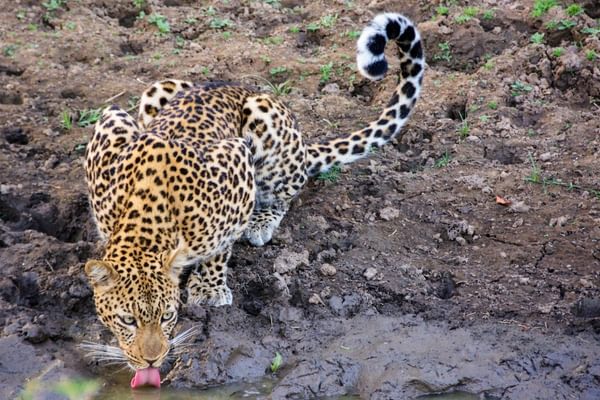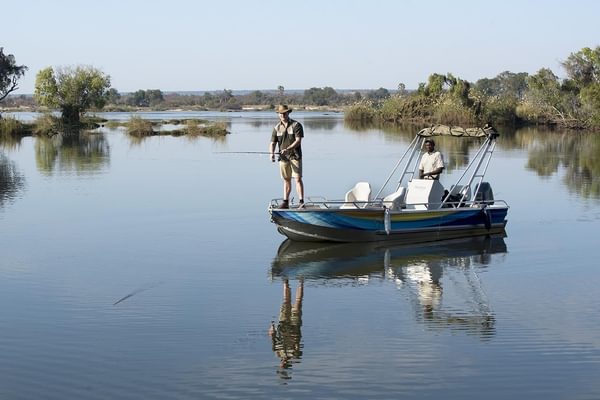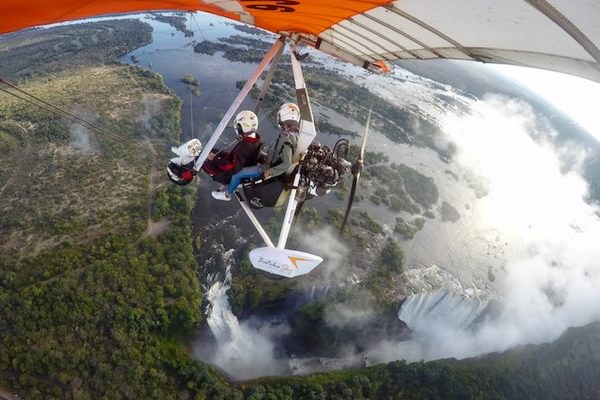Speak to a Zambia expert today
and start planning your tailor-made holiday

Alistair
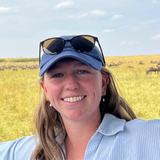
Tamara
The Far & Wild Community...
We think that the best people to talk about an experience are those directly linked to it. Our website and brochures let the ‘real experts’ show their stuff… local experts, travellers & industry insiders. Look out for the coloured markers all around the site... they mean that you are reading something contributed directly by a person from one of these different parts of the community we are part of.
The best memories aren’t simply places and hotels, they are made up of experiences and people… so we connect with local communities, and strive for sustainable travel to make your holiday special
Ben Morison
Founder
































